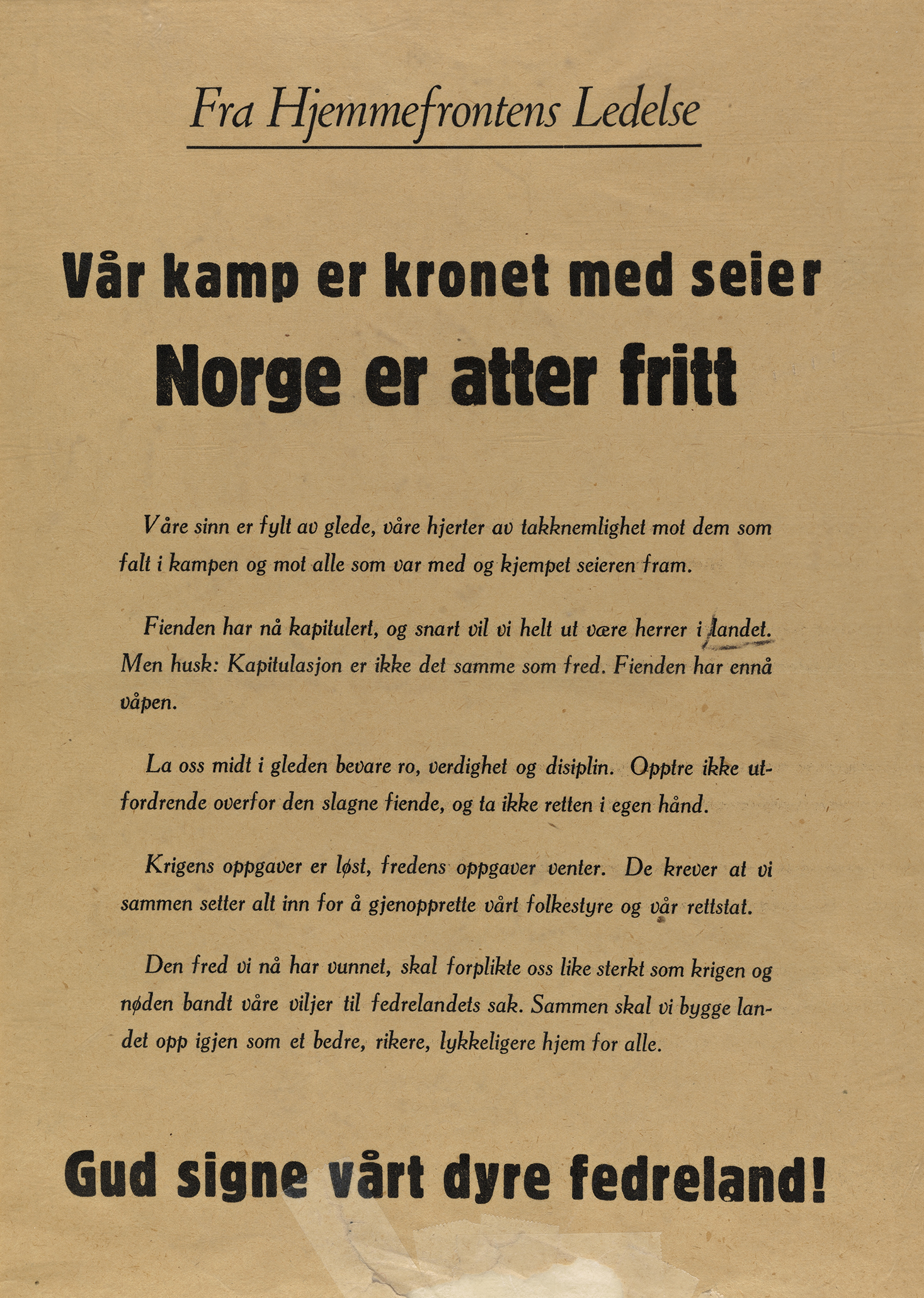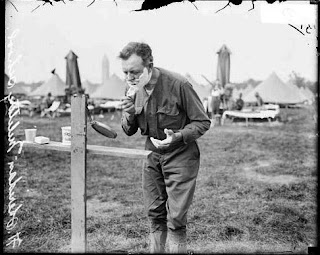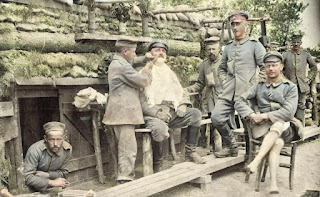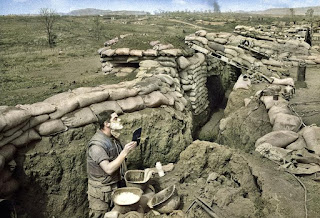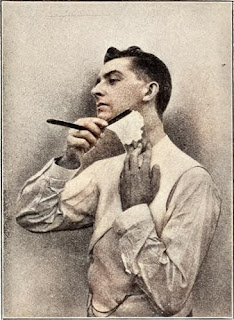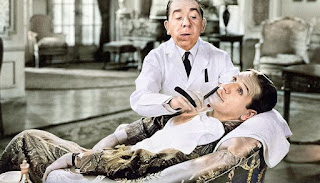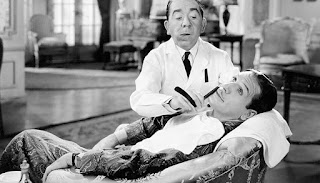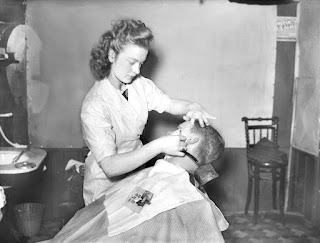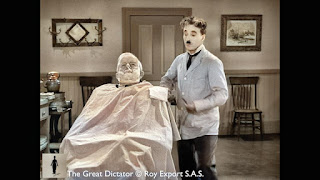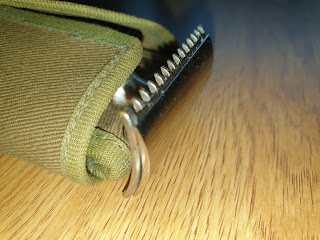From the Home Front LeadershipOur fight is crowned with victoryNorway is again freeOur minds are filled with joy, our hearts of gratitude toward those who fell in battle and towards all who were struggling to win the victory.The enemy has now surrendered, and soon we will again fully be in control of our country. But remember: Capitulation is not the same as peace. The enemy still has weapons.Let us in the midst of celebration preserve peace, dignity and discipline. Do not provoke the beaten enemy, and do not take the law into your own hands.The duties of war are completed, the duties of peace await. They demand that we put everything in place to restore our democracy and rule of law.The peace we have now won shall commit us as strongly as the war and the necessity tied our will to the fatherland’s cause. Together we will rebuild the country as a better, happier home for everyone.God bless our precious fatherland!
May 8th. Victory Europe Day, and the Norwegian Liberation day… when five years of occupation (more or less, depending on where in Norway you were) ended.
Some titbits from the liberation:
- On May 8th, Norwegian Resistance units quickly and peacefully took control of administrative centres, radio stations and transport hubs.
- The German forces were – with a few exception – were happy to give up, and were put in “house arrest” until POW-camps could be organised.
- On May 9th and 10th Norwegian “police troops”* trained in Sweden arrived in selected Norwegain cities to assist taking control over the large mass of German prisoners.
- The first allied forces started arriving by air on the 10th as well, including a fair number of intelligence specialists to take control of any advanced German military equipment.
- On May 14th enough of the government in exile had returned for the resistance to officially hand over the governing of the country back to the elected officials.
- On June 7th King Haakon VII returned to Norway, five years to the day after he went into exile rather than surrender.
*) To avoid breaking Swedish neutrality, the Swedes could not train Norwegian military personnel… however, they could train a “police reserve” to help preserve peace in Norway – and since there were “foreign elements” in Norway that might “resist the police”, such a police force must be trained and equipped with the necessary equipment; i.e.: infantry small arms, anti-tank artillery, anti-aircraft artillery, mines, radios, etc… Had the war continued, there would even have been a unit of “police paratroopers” fully trained.

